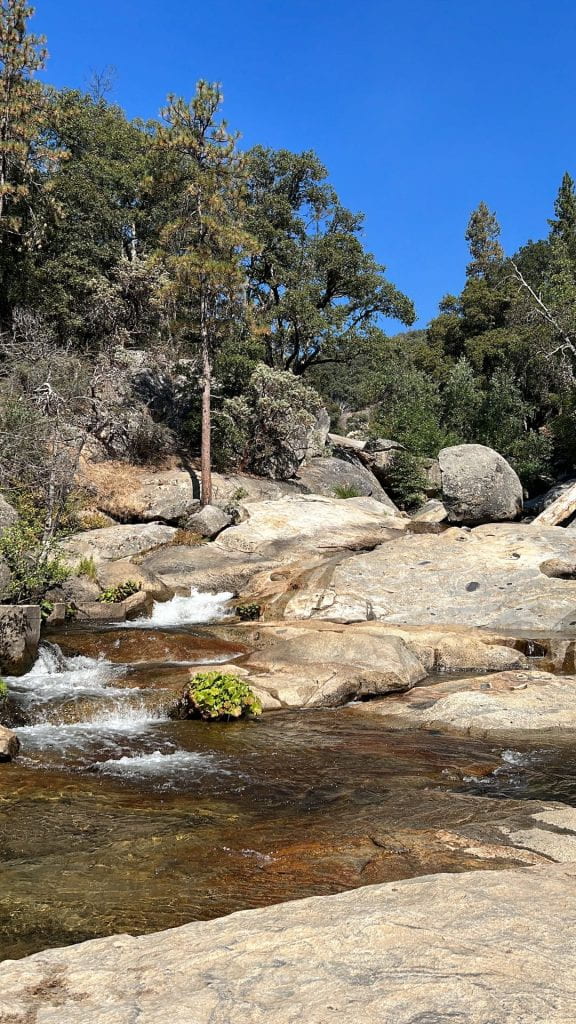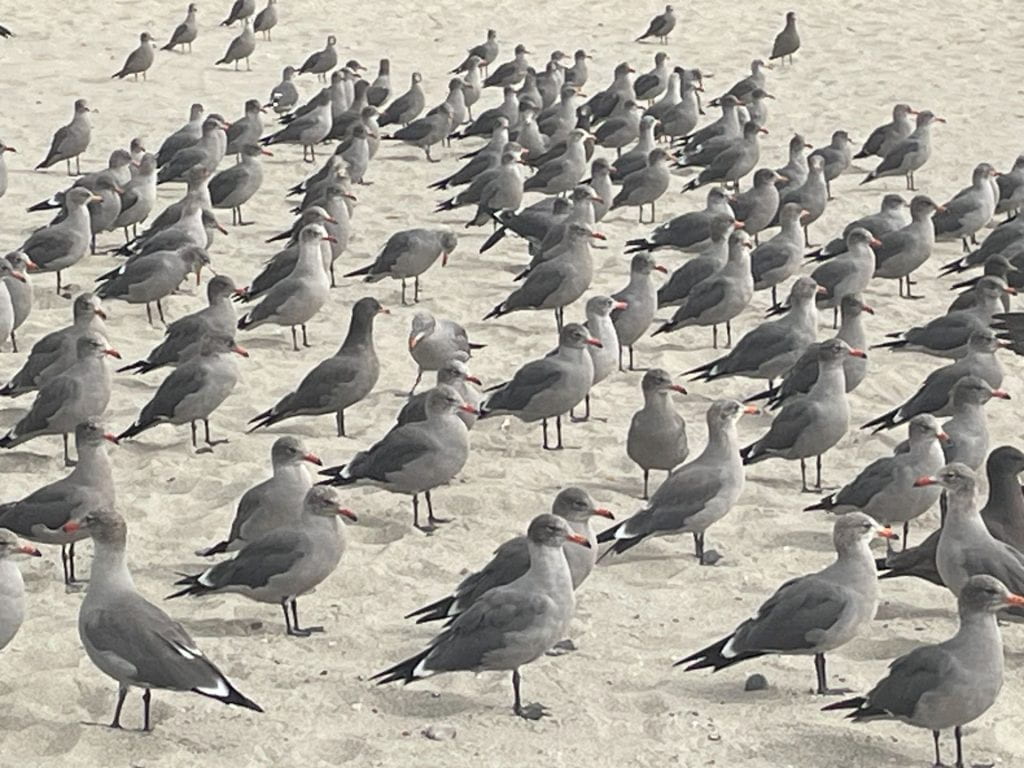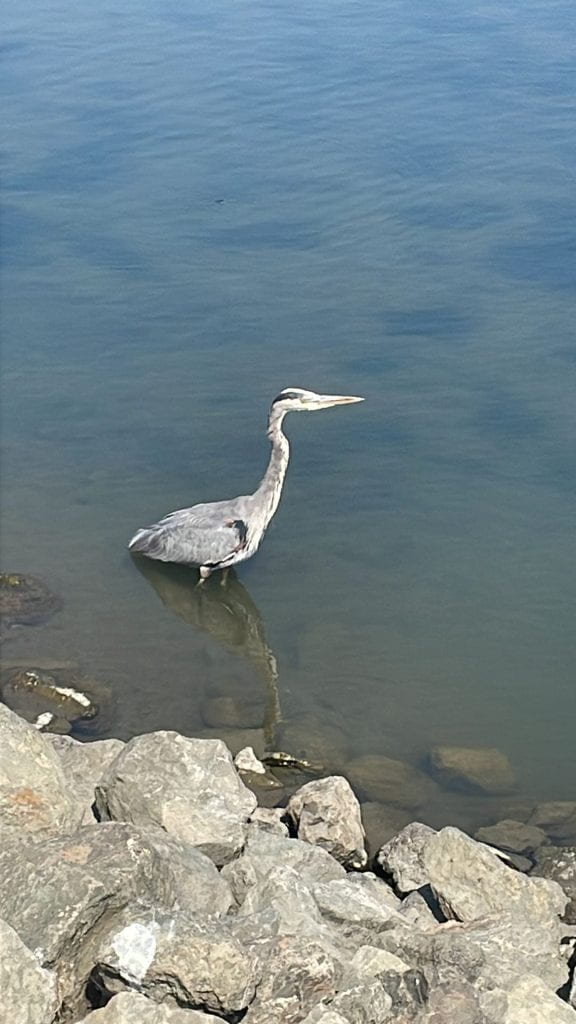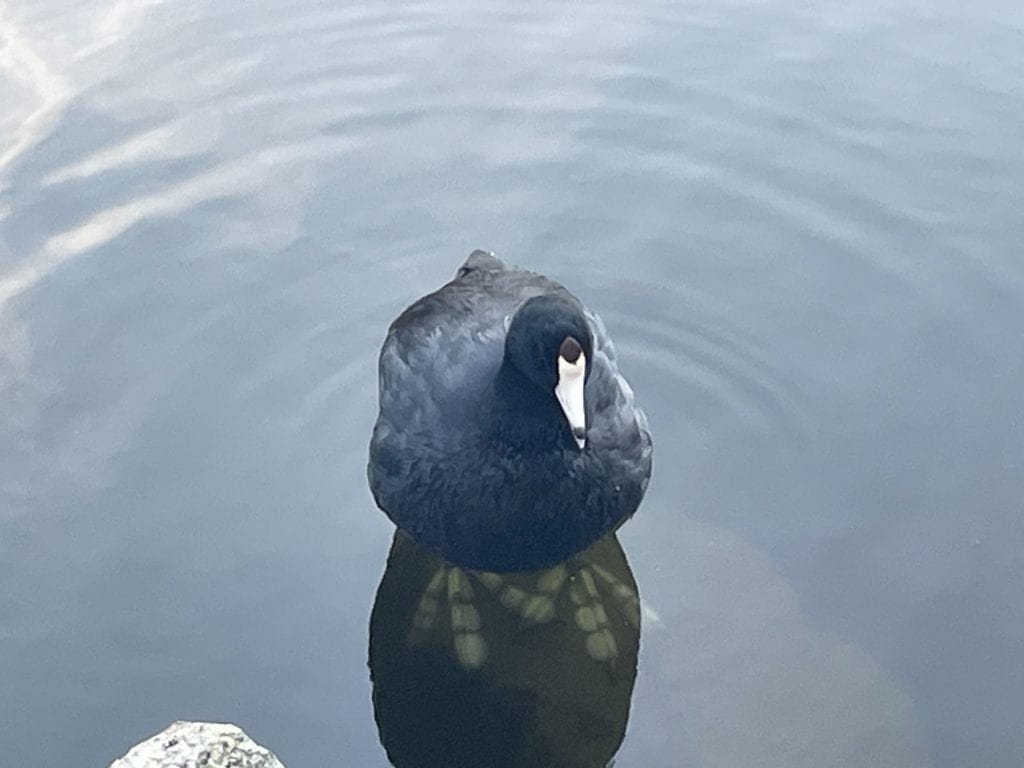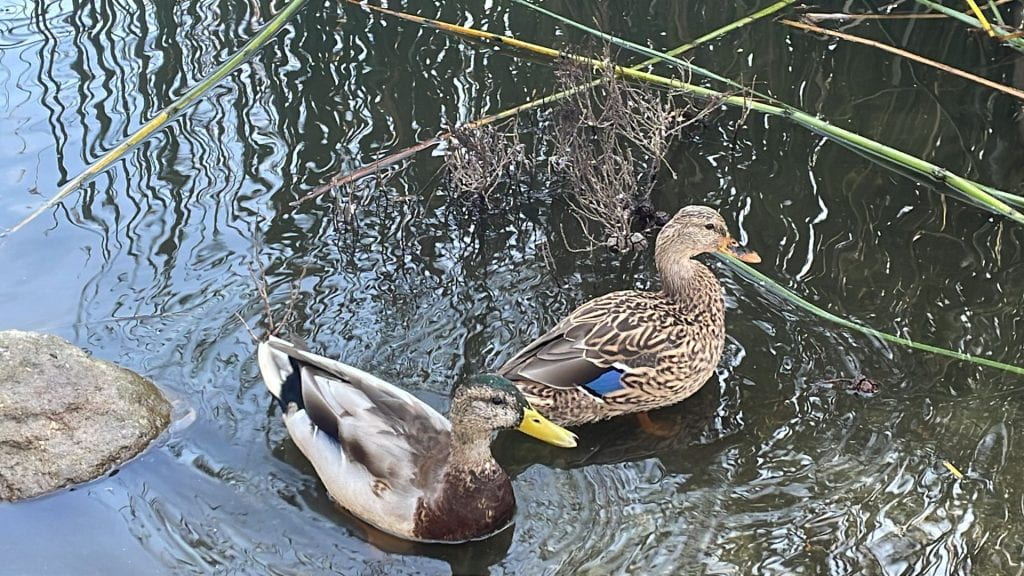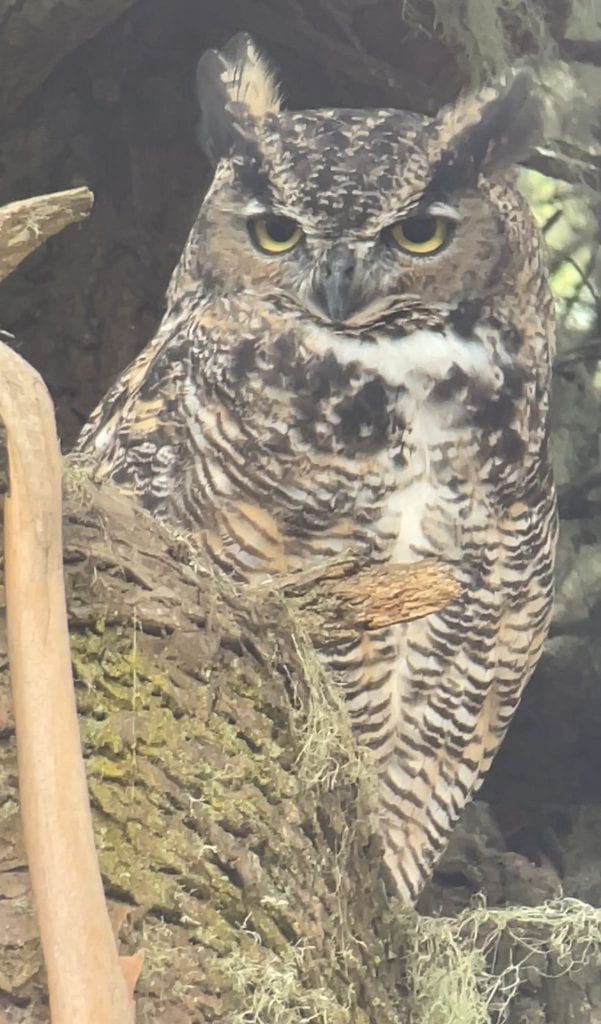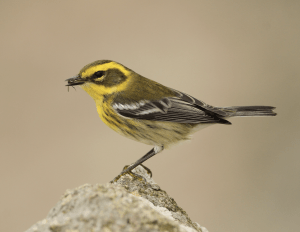Field Journal – Bolinas Lagoon
Date and Location:
11/29/23 – Bolinas Lagoon/Pine Gulch, Marin County, CA

Site Description and Conditions:
Mostly cloudy and cool, high 50s; variable breeze. Tidal estuary habitats directly on the San Andreas Fault (!!!) with a designation on the list of wetlands of international importance (Ramsar Convention). The relatively large lagoon is adjacent to small forested areas and a small creek. Shallow waters, rising with the tide. Not for the faint of heart/West Coasters afraid of getting their feet wet. Habitats allow for a diversity of species; numerous ducks/shorebirds.
Narrative: As in the previous visits to marsh habitats, this trip yielded a tremendous diversity of species with incredibly large groups of individuals. Some were repeats, like the Northern Shoveler, Green-winged Teal, and American Avocet (only a few here). The largest groups seen at this location included hundreds of the American Widgeon, Long-billed Curlew with its distinctive bill and color, numerous Willets, along with many Buffleheads and Great Egrets. A large group of Crow flew above as well. A tremendous diversity of shorebirds as seen on our last couple of trips, exhibiting similar behavior. A beautiful Belted Kingfisher made an appearance as well.
Species Account: Long-billed Curlew – Numenius americanus

The largest sandpiper in North America at 50-65 cm long, with a disproportionate bill up to 22 cm, exhibiting reverse sexual dimorphism (females are larger with longer bills). Exhibits behavior similar to other sandpipers, feeding on invertebrates. Known as the “candlestick bird”, this bird was the namesake for the former Candlestick Park. Light cinnamon color, very distinct, with a unique call using two notes, the last note being slightly higher.
{{See previous weeks for home birding; some weeks have multiple trips attached}}









